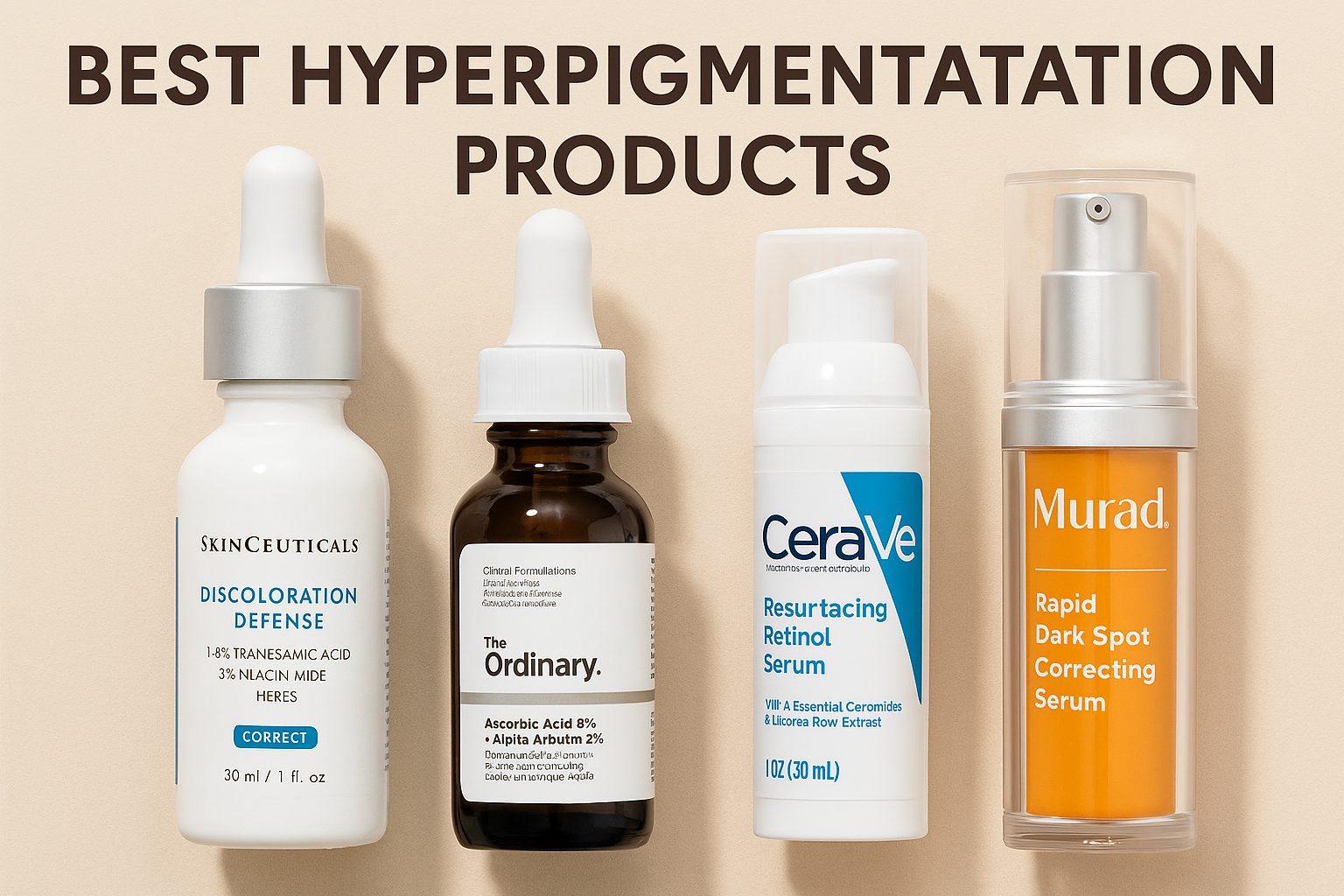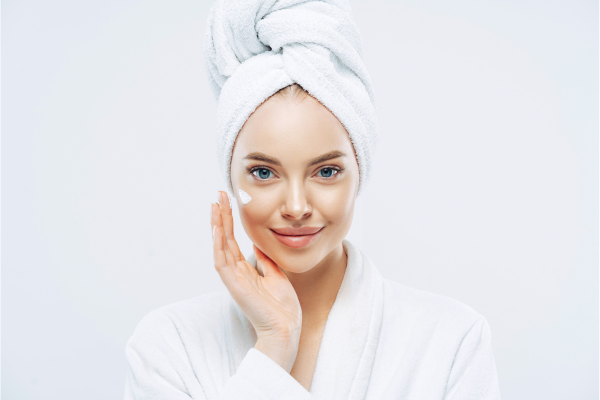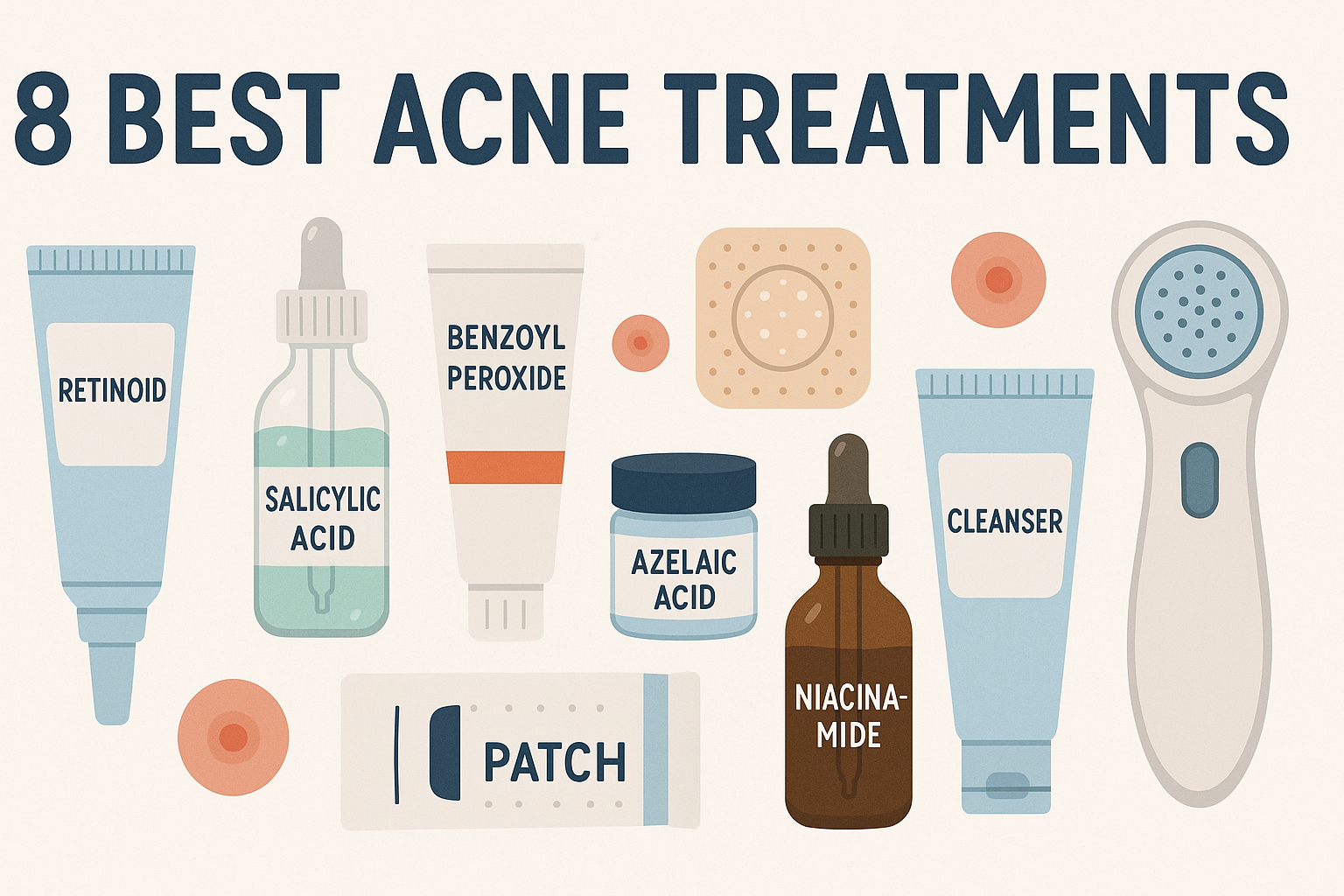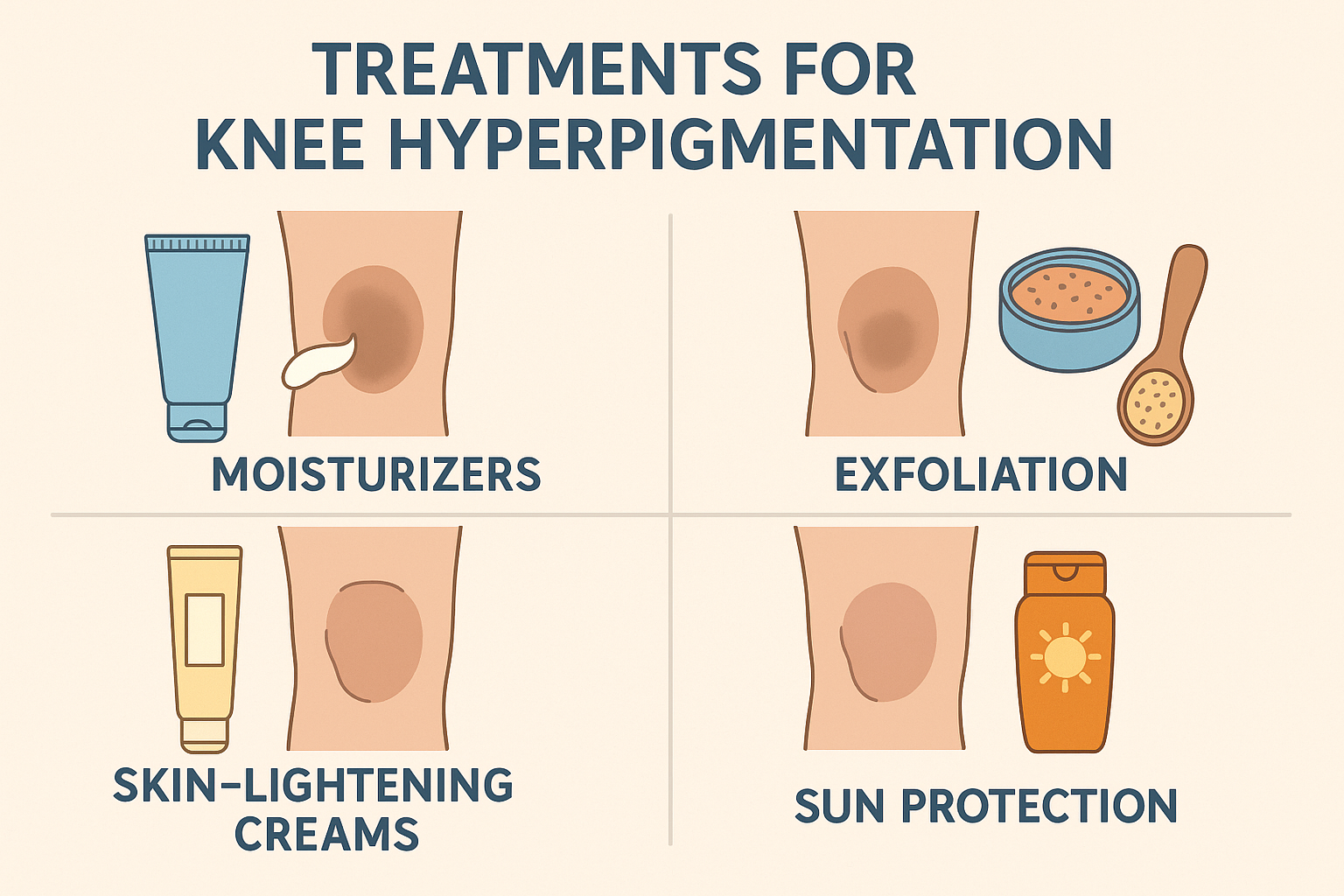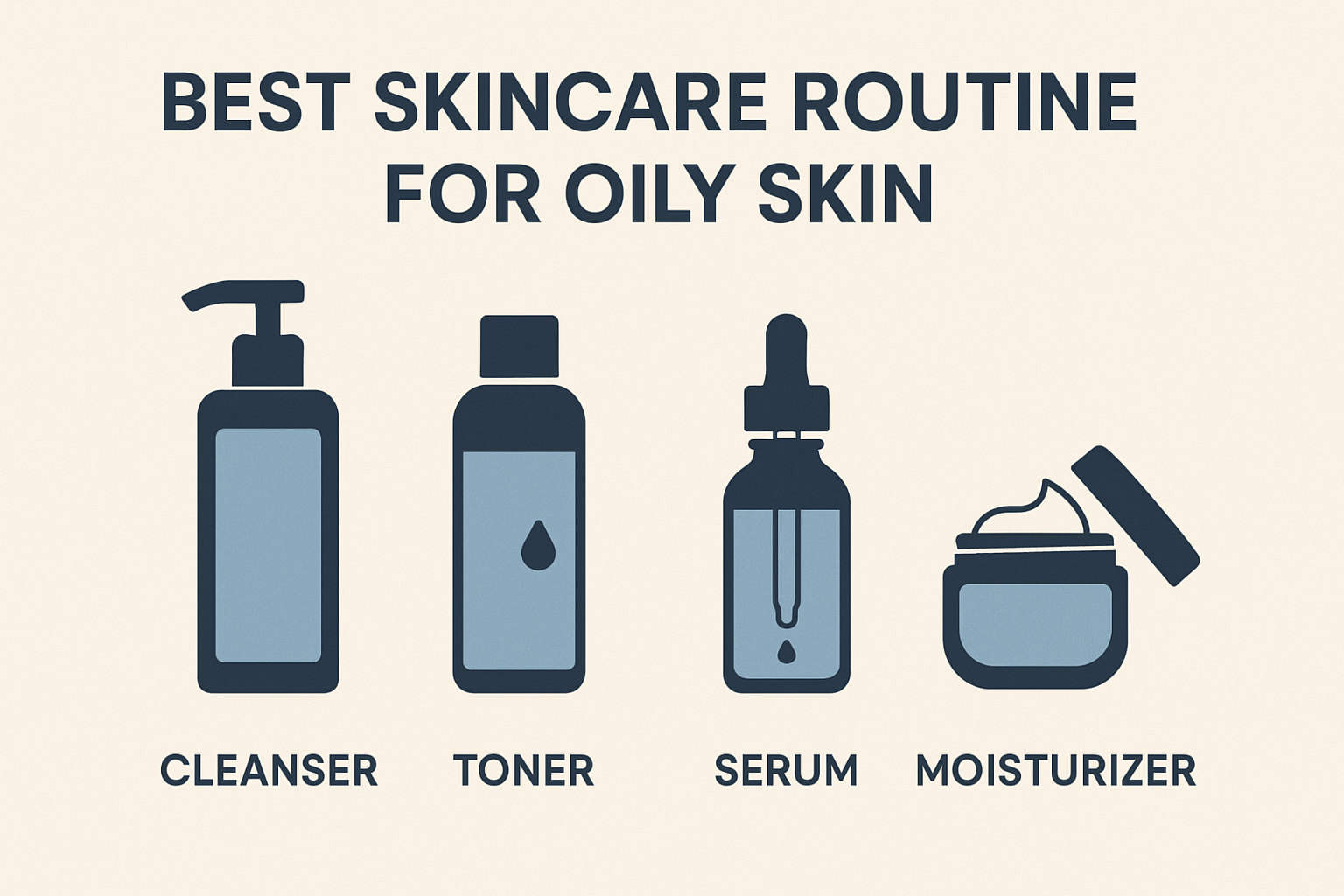Say Goodbye to Flaky Facial Skin with This Derm-Approved Plan

Flaky or dry facial skin can make anyone feel self-conscious and uncomfortable. While most people try to fix it with moisturizers or exfoliation, the problem often returns. According to dermatologists, flaky skin isn’t just caused by cold weather or dry air—it can also result from harsh skincare, pollution exposure, or a weakened skin barrier.
Board-certified dermatologist Dr. Brendan Camp explains that conditions like eczema, allergic contact dermatitis, or seborrheic dermatitis often trigger redness, itchiness, and peeling. Using strong actives like retinoids can worsen dryness, especially for beginners.
The good news? Experts such as Dr. Joshua Zeichner, Dr. Camp, and Dr. Rita Linkner agree that flaky facial skin can be healed. The key is to identify the underlying cause and create a skincare routine tailored to your skin’s needs. Once you address the barrier and balance hydration, smoother, healthier-looking skin naturally follows.
Moisturize With Hyaluronic Acid for Deep Hydration
Hydration is the foundation of every glowing skin routine. One ingredient dermatologists swear by is hyaluronic acid, a natural moisture magnet that holds up to 1,000 times its weight in water—keeping your skin plump and soft.
According to Dr. Joshua Zeichner from New York, flaky skin often has a genetic component.[1Zhong W-L, Wu X, Yu B, et al. Filaggrin gene mutation c. 3321dela is associated with dry phenotypes of atopic dermatitis in the chinese han population. Chin Med J (Engl). 2016;129(12):1498-1500.] Some people naturally lose moisture faster because their skin barrier is thinner or less efficient. That’s why a hyaluronic acid serum or moisturizer can be a game-changer.
This ingredient draws moisture from the environment and deeper skin layers, smoothing rough texture and restoring elasticity. For best results, apply it right after cleansing when your skin is still slightly damp, then lock it in with a gentle moisturizer. This ensures maximum hydration and a lasting glow—without feeling greasy or heavy.
Don’t Overwash: Protect Your Skin Barrier
Cleansing your face is essential—but overwashing can strip away the oils your skin needs to stay healthy. That tight, squeaky-clean feeling? It’s actually a sign your skin barrier is compromised.
Dr. Joshua Zeichner warns that washing too often removes the protective lipid layer, leading to dryness, redness, and peeling. It can also worsen irritation, especially for those using retinoids or exfoliating acids.
Dermatologists recommend washing your face only twice a day—morning and night—using a gentle, sulfate-free cleanser. Look for formulas with ceramides, glycerin, or aloe vera to help replenish moisture and soothe sensitivity. This balanced approach keeps your skin clean yet hydrated, preventing that dull, flaky appearance while supporting long-term barrier repair.
Try a Dandruff Shampoo (Yes, Really!)
It might sound unconventional, but using an anti-dandruff shampoo on your face can actually help with flaky skin—especially if seborrheic dermatitis or perioral dermatitis is to blame. These conditions often involve an overgrowth of yeast on the skin, which can worsen when using thick moisturizers.[2Tolaymat L, Hall MR. Perioral dermatitis. In: StatPearls. StatPearls Publishing; 2021.]
As Dr. Joshua Zeichner notes, “Heavy creams can create a moist, oily environment that encourages yeast growth, making flaking worse.” Instead, using shampoos containing zinc pyrithione can reduce inflammation and balance your skin’s microbiome.
Gently apply the shampoo (like Head & Shoulders or Nizoral) to affected areas for one to two minutes before rinsing thoroughly. This simple step helps calm irritation, reduce redness, and restore a healthier skin texture—without over-drying your face.
Reach for Ceramides to Strengthen Your Skin Barrier
When your skin feels rough and tight, it’s often a sign your ceramide levels are depleted. Ceramides are essential lipids that act like glue, holding your skin cells together and locking in moisture.
Board-certified dermatologist Dr. Brendan Camp explains, “Ceramides naturally exist in the skin barrier, helping it stay hydrated and protected. When they decrease—due to aging, harsh products, or weather changes—the skin becomes dry and more sensitive.”
To restore balance, use a ceramide-rich moisturizer daily, especially after cleansing. Ingredients like hyaluronic acid, glycerin, and squalane also work synergistically to attract and seal moisture. Over time, this combo smooths rough patches, rebuilds your skin barrier, and prevents future dehydration. Healthy, soft skin is all about consistent nourishment and protection.
Lock In Moisture with a Petrolatum-Based Cream
When your face feels extremely dry or starts flaking, a petrolatum-based cream can work wonders. Petrolatum acts as an occlusive agent—forming a thin barrier that prevents water loss while supporting the skin’s natural healing process.
According to Dr. Rita Linkner, board-certified dermatologist, eczema is one of the most common causes of winter dryness. As temperatures drop and humidity decreases, the skin loses hydration faster, leading to itchiness, redness, and peeling.
If this happens, dermatologists recommend adjusting your skincare routine. “Instead of using lightweight lotions or serums, switch to a petrolatum-rich cream as your first defense,” says Dr. Linkner. If your skin doesn’t improve, a short course of prescription topical steroids may help reduce inflammation and speed up recovery. This simple change helps seal in moisture and restore your skin barrier effectively.
Soothe Redness with Anti-Inflammatory Ingredients
Dry, flaky skin isn’t always caused by dehydration—it can also result from inflammation, as seen in rosacea. This skin condition makes your face sensitive to temperature changes, sunlight, and certain skincare products. Symptoms include persistent redness, scaling, small bumps, or acne-like breakouts.
Dr. Joshua Zeichner, a New York–based dermatologist, explains that when dryness, redness, and irritation appear together, rosacea might be the culprit. To calm it down, use moisturizers with anti-inflammatory ingredients like colloidal oatmeal. This ingredient soothes itchiness, reduces redness, and helps strengthen the skin barrier.
Avoid products with alcohol, fragrance, or harsh actives that can worsen irritation. A gentle, calming routine focused on hydration and barrier repair can help reduce flare-ups and keep your skin balanced.
Invest in a Humidifier for Healthier Skin
Dry indoor air—from heating, air conditioning, or seasonal changes—can strip your skin of essential moisture. As humidity drops, your skin loses water faster, leaving it tight, rough, and flaky. A humidifier can make a big difference by maintaining the right moisture levels in your environment.
Dermatologists recommend keeping indoor humidity around 40–60% to help skin retain its natural hydration. A humidifier creates a balanced atmosphere that supports your moisturizers and serums, preventing excessive dryness.
Beyond skincare benefits, it also improves respiratory comfort and sleep quality. So, investing in a good humidifier isn’t just about glowing skin—it’s about enhancing your overall wellness, especially during cold months or in air-conditioned rooms.
Stay Consistent with Your Skincare Routine
When it comes to skincare, consistency is key. Switching products too often can irritate your skin and make conditions worse. If you notice dryness, flaking, or redness after trying something new, you might be experiencing contact dermatitis—an irritation or allergy to certain ingredients.
According to Dr. Joshua Zeichner, the first step is to stop using the new product and return to a simple, soothing routine: a gentle cleanser, calming moisturizer, and sunscreen. Allow your skin to rest and recover naturally.
If symptoms persist, consult a dermatologist for an allergy or patch test to identify the trigger. Keeping a stable routine gives your skin time to adapt, rebuild its barrier, and achieve long-term balance—without unnecessary stress or inflammation.
Re-Think Your Products and Simplify Your Routine
If your face feels drier or more irritated over time, your skincare products might be to blame. While active ingredients like retinoids and AHAs boost cell turnover, they can also cause peeling or burning when overused—especially on sensitive skin. Added fragrances, alcohols, and preservatives may worsen the issue.[3Khan, N. T., & Abbas, R. (2024). Skin Sensitization Caused by Exposure to Cosmetic Products. International Journal of Clinical Research and Reports, 3(3).]
Dermatologists suggest switching to gentler, more hydrating formulas. Look for jojoba oil, dimethicone, glycerin, lactic acid, lanolin, mineral oil, or shea butter—all of which lock in moisture and strengthen the skin barrier.[4Mawazi, S. M., Ann, J., Othman, N., Khan, J., & Alolayan, S. O. (2022). Al thagfan, SS; Kaleemullah, M. A Review of Moisturizers; History, Preparation, Characterization and Applications. Cosmetics 2022, 9, 61.]
Simplifying your skincare helps your skin heal faster, reduces inflammation, and restores comfort. The rule is simple: the gentler and more minimalist your skincare routine, the healthier your skin will look and feel.
When to Consider Topical Steroids
If every skincare method fails to calm your flaky or inflamed skin, it may be time to see a dermatologist. In certain cases—especially when your skin is severely red, itchy, and peeling—a doctor might prescribe a topical corticosteroid cream, such as hydrocortisone. These medicated creams help reduce inflammation and soothe overactive skin reactions often linked to eczema, contact dermatitis, or seborrheic dermatitis.
However, topical steroids should never be used without medical supervision. Overuse or misuse can cause serious side effects, including steroid-induced dermatitis or perioral dermatitis—a rash around the mouth caused by dependency on steroid creams.
Dermatologists emphasize that corticosteroids are meant for short-term relief only, not for daily skincare. Once inflammation subsides, transition to a gentle, barrier-supporting moisturizer and a calming skincare routine to maintain long-term balance and prevent future flare-ups.
Strengthen Your Skin Barrier for Lasting Health
In modern dermatology, your skin barrier is considered the foundation of healthy, glowing skin. This protective layer locks in moisture while shielding you from pollution, bacteria, and irritation. When the barrier is weakened—due to harsh products, over-cleansing, or environmental stress—your skin loses hydration, becomes rough, and starts to flake.
Experts recommend rebuilding your barrier with products that nourish and protect, not strip away. Look for moisturizers rich in ceramides, fatty acids, or niacinamide, which work together to strengthen the skin’s structure and enhance moisture retention.
Avoid excessive exfoliation and allow your skin time to heal between active ingredients. With consistent care, a strong barrier keeps your skin soft, resilient, and naturally radiant—your best defense against dryness and irritation.
Why Your Skin Barrier Is Damaged (and How to Fix It)
Many people don’t realize that dry, dull, or easily irritated skin often signals a damaged skin barrier. This layer—made of skin cells and natural lipids—acts like a wall, locking in hydration and blocking irritants. When it breaks down, moisture escapes easily, leading to redness, itching, and sensitivity.
Common causes include harsh skincare ingredients (like high concentrations of alcohol or AHAs), over-exfoliation, stress, lack of sleep, and UV exposure without sunscreen.
To repair it, dermatologists recommend a gentle, restorative approach: use a mild cleanser, avoid over-exfoliating, and rehydrate with barrier-strengthening ingredients such as ceramide, niacinamide, and squalane. Don’t skip sunscreen—it prevents further barrier damage from UV rays.
With consistent, minimalist care, your skin barrier can heal naturally—leaving your complexion smoother, stronger, and more resistant to irritation.
Final Thoughts
Flaky, dry facial skin isn’t something you have to live with. By understanding the root cause—whether it’s dehydration, inflammation, or a weakened skin barrier—you can create a skincare routine that truly works. Focus on gentle cleansing, consistent moisturizing with ingredients like hyaluronic acid and ceramides, and avoid harsh actives that strip your skin. If irritation persists, consult a dermatologist for targeted treatments such as topical steroids or medicated creams.
Remember, healthy skin takes time and consistency. Support your barrier, keep your environment hydrated, and simplify your routine. With the right approach, your skin can recover its natural balance—becoming smoother, stronger, and visibly healthier every day.
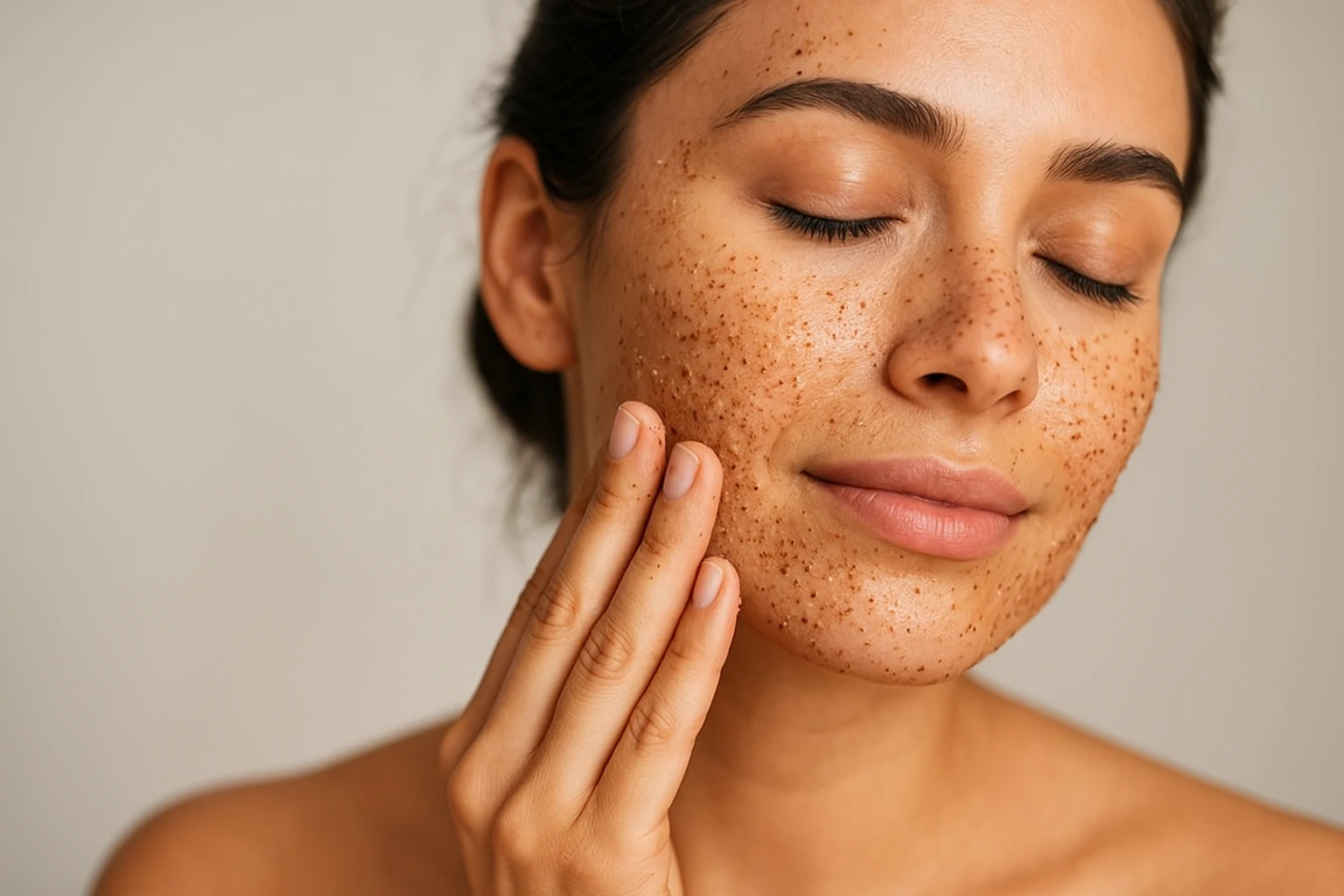
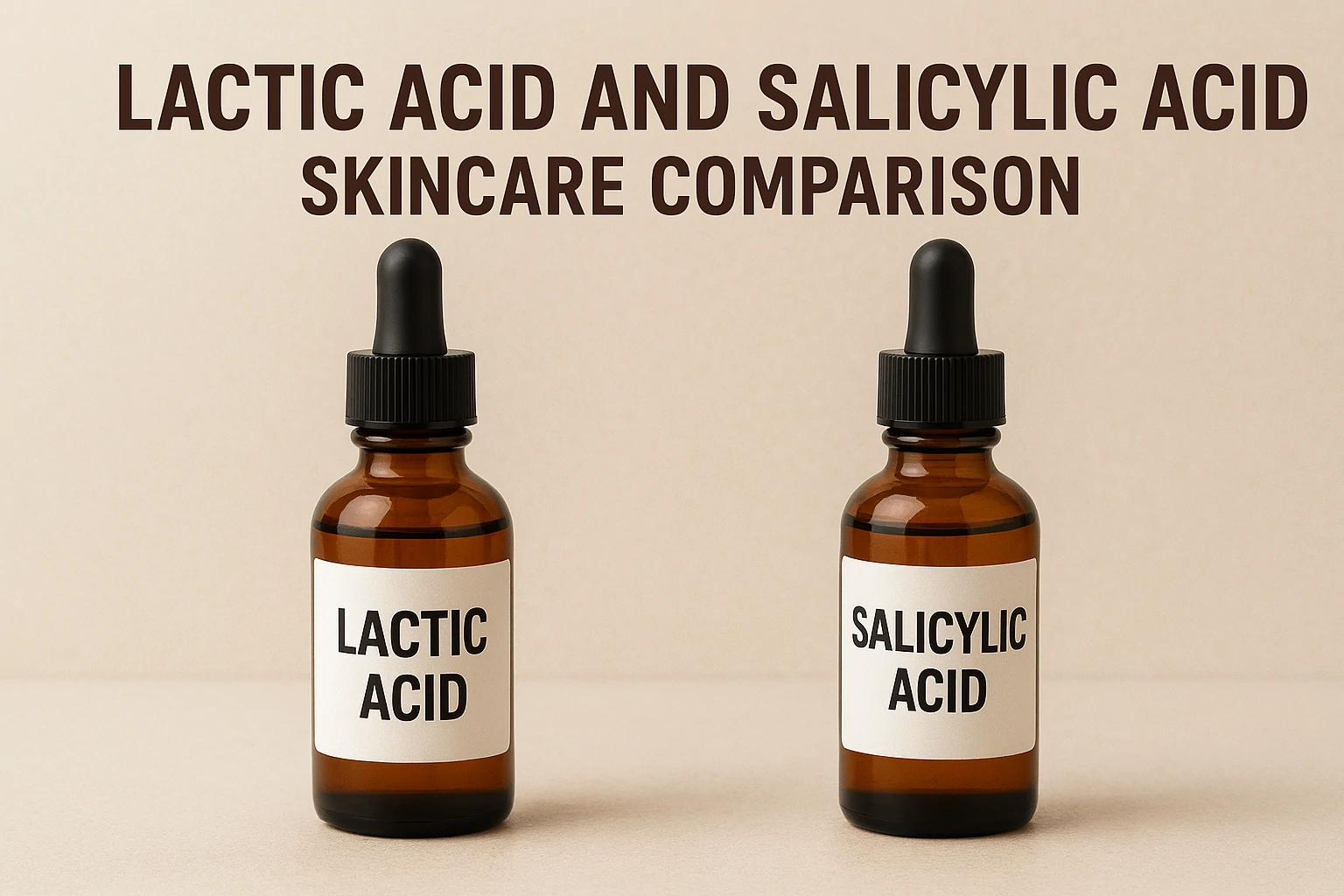

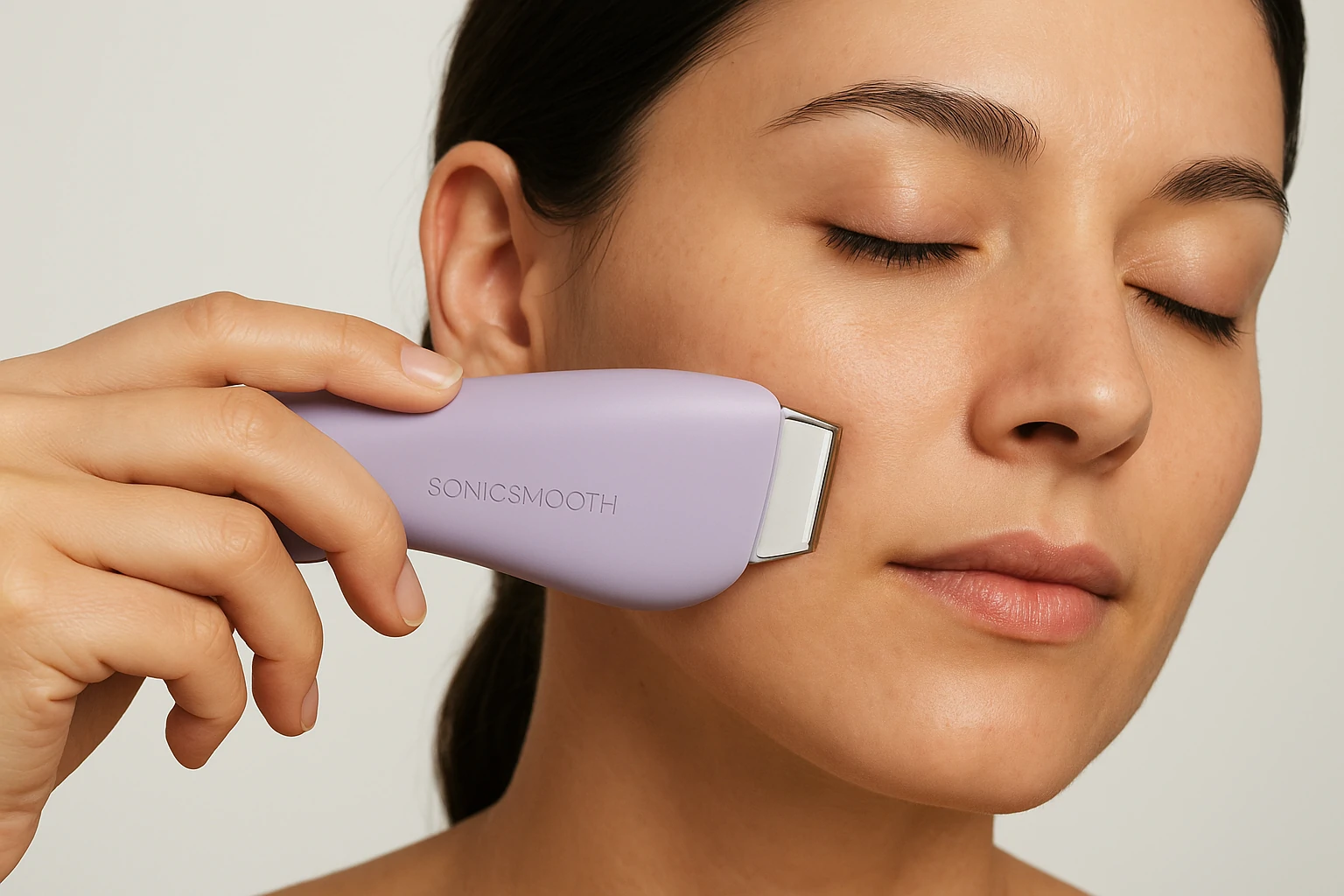

 Acne
Acne Anti-Aging
Anti-Aging Business
Business Digital Marketing
Digital Marketing Economics
Economics Exfoliation
Exfoliation Movies
Movies Personal Finance
Personal Finance Websites
Websites
